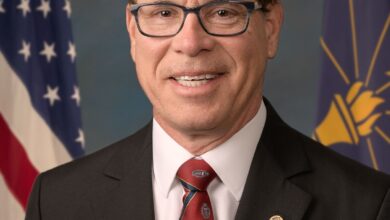
21st Century Literacy: New Initiative Makes Case that Learning to Code is for Everyone
Many people view computer programming as a narrow, technical activity appropriate for only a small segment of the population. But, an interdisciplinary team of researchers from MIT’s Media Lab, the University of California’s Digital Media and Learning (DML) Research Hub, and Harvard’s Berkman Center for Internet & Society is seeking to change that.
With a recently awarded $1.5 million grant from the National Science Foundation (NSF), the researchers aim to engage a broader range of young people in computer programming by building on their interests in areas such as music, dance and sports.
“Coding is the new literacy,” said Mitchel Resnick, professor of Learning Research at the MIT Media Lab and director of the Lab’s Lifelong Kindergarten research group. “To thrive in tomorrow’s society, young people must learn to design, create and express themselves with digital technologies.”
The new initiative extends the Lifelong Kindergarten group’s Scratch programming language, which enables young people to code their own interactive stories, games and animations. To ease the transition into coding, the MIT team is developing a series of interest-based “microworlds” — specialized coding environments designed to connect with young people’s interests. For example, those interested in dancing could use a microworld to program musical beats and the movement of dancing characters on the screen.
“The most powerful and effective learning happens when young people pursue personal interests and passions,” said Mimi Ito, research director of the DML Hub, which is based at UC Irvine. As part of the three-year NSF grant project, Ito and her team will conduct ethnographic research studies examining what types of technical and social support enable youth from diverse backgrounds to become engaged in learning to code.
The initiative will offer a variety of online activities and events that will help youth see coding as relevant to their interests and useful in a wide range of fields, from animation to zoology. In addition, the team at Harvard’s Berkman Center will investigate policies and practices designed to protect young people’s privacy and safety online, while opening new opportunities for learning.
“The increasing degree of interconnectedness in the digital learning space creates legal and policy challenges just as it opens doors for youth and educators,” said Urs Gasser, Berkman Center’s executive director and Harvard Law School professor. “We’re looking forward to working with our colleagues to support good practices that both enable connected learning and preserve privacy and safety of young learners.”
This summer, the research team is piloting initial activities in libraries in Los Angeles and other cities nationwide, offering online mentoring to help youth design their own interactive games using Scratch.
“The initiative has the potential to broaden perspectives and participation in coding, especially among youth who otherwise may not imagine themselves as interested in computer programming,” said Natalie Rusk, a learning researcher at the MIT Media Lab. “We have seen that youth who learn to program interactive games and animations gain confidence in their abilities and expand their visions of future career options.”
The project responds to NSF’s cyberlearning challenge to “draw in and promote learning among those in populations not served well by current educational practices,” and addresses national priorities in workforce development, equity and the need for a technologically-fluent public.
“Our goal is to make computational fluency part of what all young people learn, not just a tech-savvy minority,” Ito said. “We expect to have large numbers of underrepresented youth participating actively in the Scratch community, and from there, continuing to other opportunities and programs that extend their computational fluency.”



